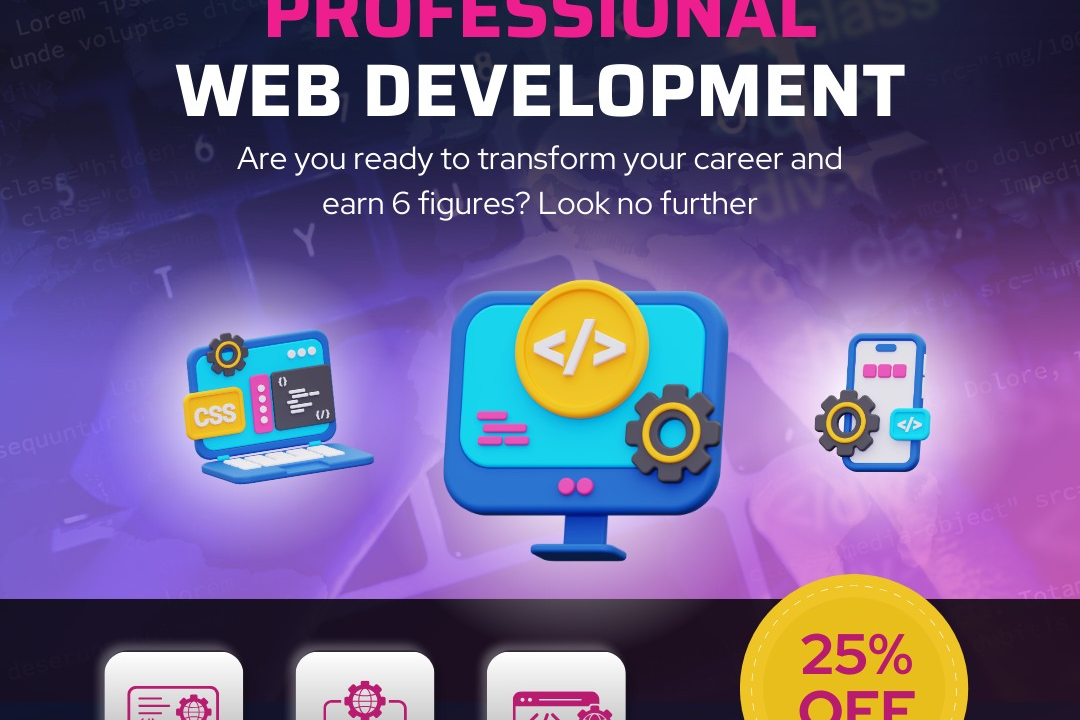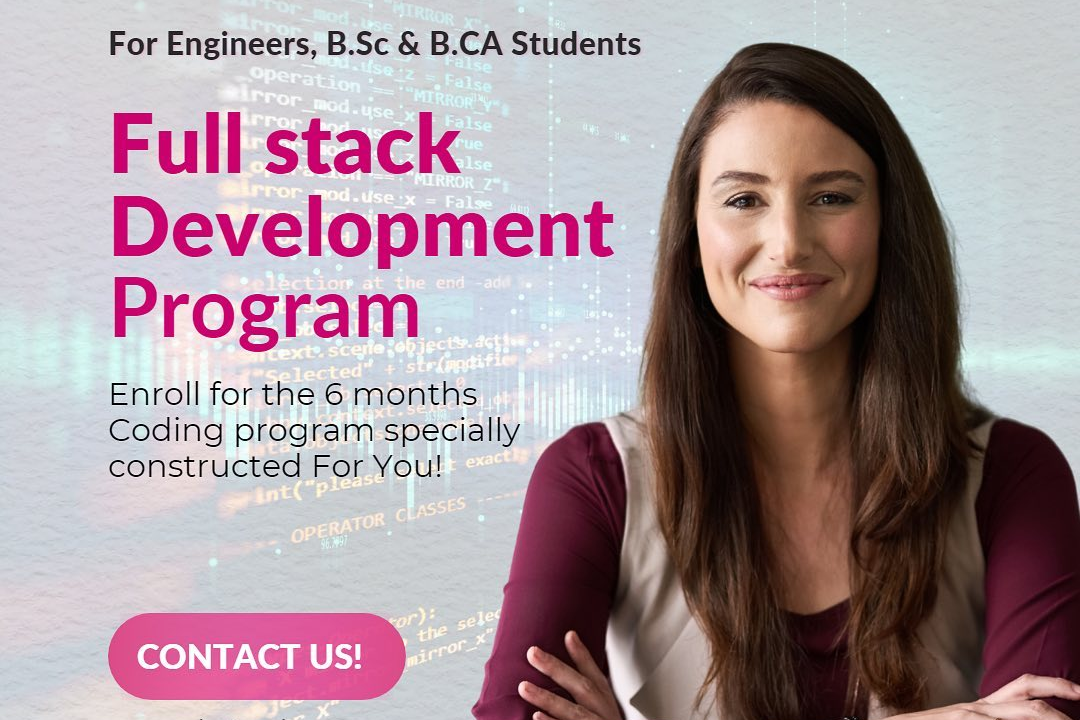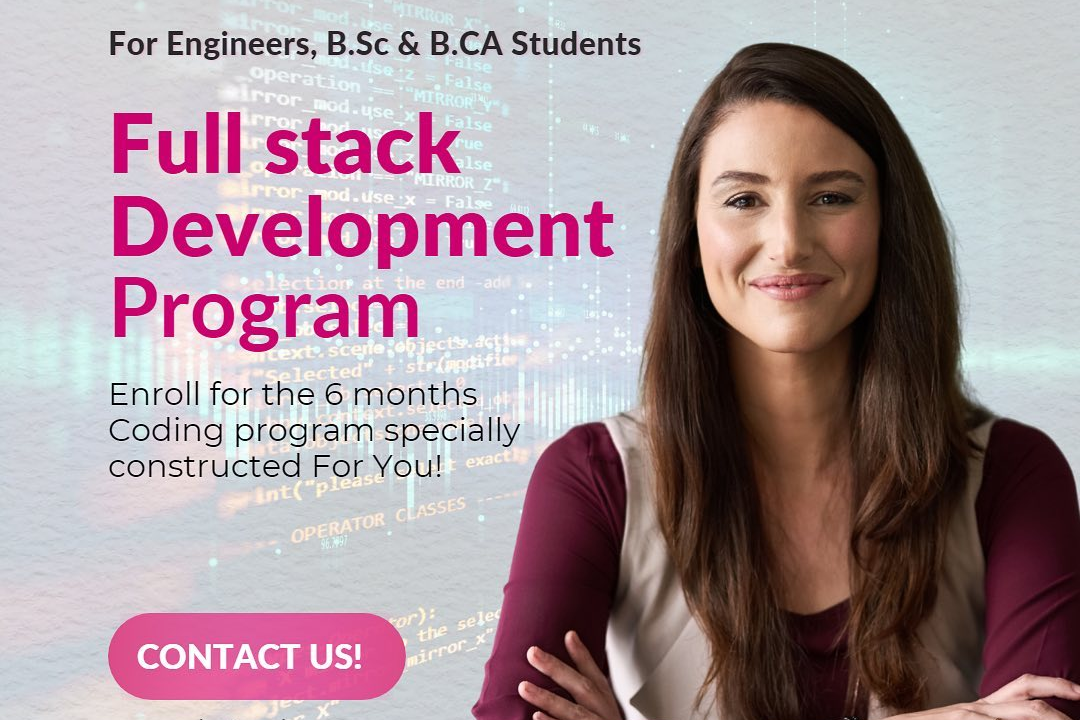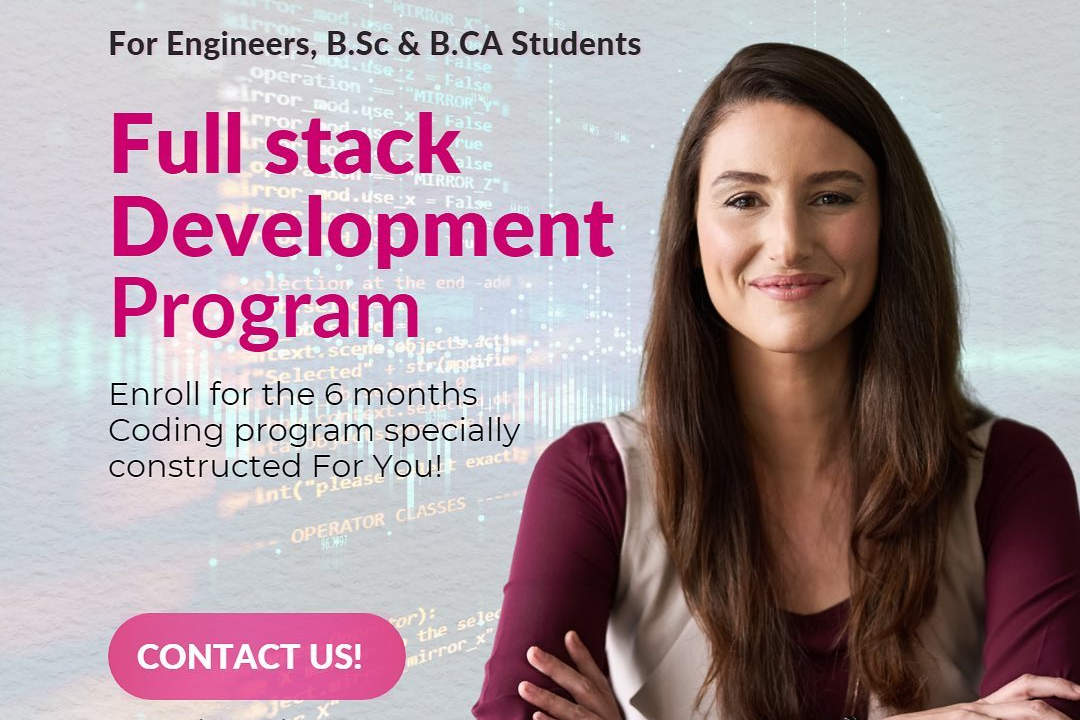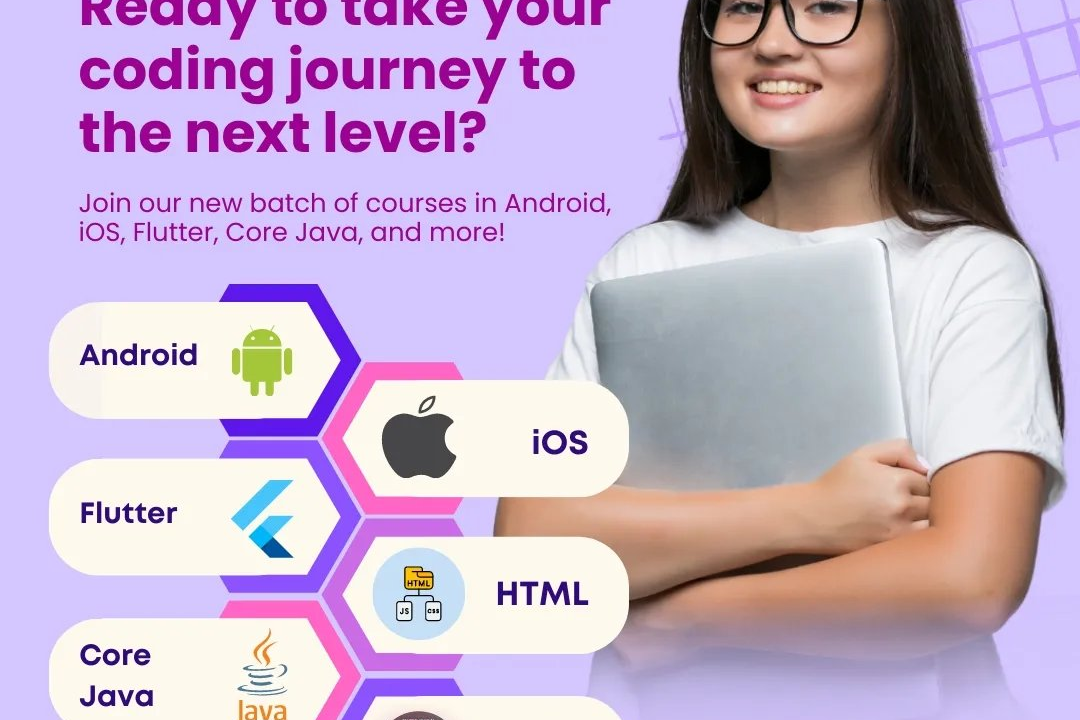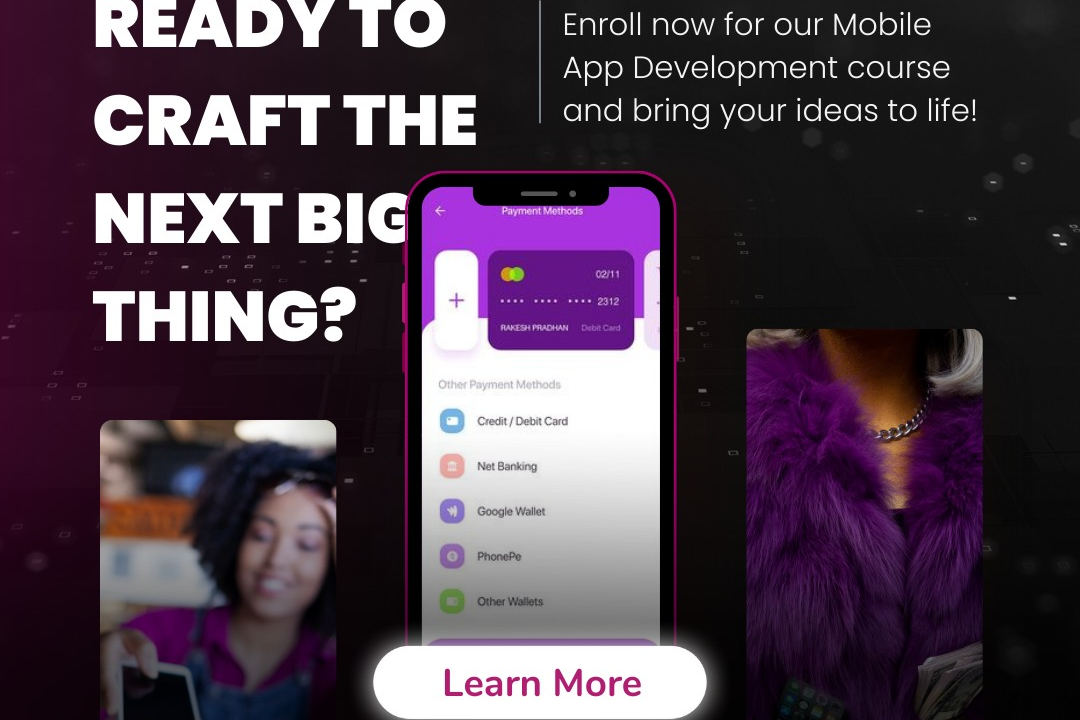Android UI Training Hassan
Mastering Android UI Design with Hassan
Android UI Training Hassan
Android UI training for Hassan focuses on equipping him with the skills and knowledge necessary to design and develop intuitive user interfaces for Android applications. The training covers essential concepts such as the Android layout system, different UI components, and best practices for creating responsive and engaging interfaces. Additionally, Hassan will learn about implementing Material Design principles, optimizing user experiences across various device screens, and utilizing tools like XML for layout design and the Android Studio IDE for app development. By the end of the training, he will be able to build visually appealing and user-friendly Android applications, enhancing his overall proficiency in mobile app development.
To Download Our Brochure: https://www.justacademy.co/download-brochure-for-free
Message us for more information: +91 9987184296
1 - Introduction to Android UI Design: An overview of what Android UI design entails, including the importance of user experience and the principles of good design.
2) Understanding Android App Architecture: A look into the fundamental components of Android applications, including Activities, Fragments, and Views, and how they interact to create a cohesive user interface.
3) Setting Up the Development Environment: Instructions on installing Android Studio and setting up emulators, ensuring students have the right tools to start coding.
4) XML Layouts: Training on how to use XML to design user interfaces, covering linear, relative, and constraint layouts for arranging UI components effectively.
5) Designing App Themes and Styles: A comprehensive session on how to create and apply themes and styles to ensure a consistent look and feel across the app.
6) Working with Different UI Elements: In depth exploration of buttons, text views, image views, and other UI components, including how to customize their properties and behavior.
7) Responsive Design Principles: Techniques for making UI components adaptable to different screen sizes and orientations, ensuring a seamless user experience across devices.
8) Touch and Gesture Detection: Training on implementing touch events and gestures to enhance user interaction, including swipes, taps, and multi touch actions.
9) Creating Custom Views: Guidance on building custom view components to satisfy specific design needs, enhancing the uniqueness of the app.
10) Using RecyclerView for Lists: Instruction on how to implement RecyclerView for displaying large datasets efficiently, including view holders and adapter patterns.
11) Animations and Transitions: An overview of how to implement animations and transitions to make the user interface more engaging and dynamic.
12) Material Design Principles: A deep dive into Google’s Material Design guidelines, focusing on implementing material components to create visually appealing interfaces.
13) Accessibility in UI Design: Training on how to make apps accessible to all users, including those with disabilities, and the importance of accessibility features.
14) Debugging and Optimizing UI: Techniques for debugging UI issues, testing user interfaces, and optimizing for performance to ensure smooth operation.
15) Publishing and User Feedback Integration: Insights into how to publish the app on the Play Store and gather user feedback to iterate and improve the UI based on user experience.
16) Capstone Project: An opportunity for students to apply their learning in a comprehensive project that involves designing and building a complete Android application with a focus on UI.
This training program will equip students with the necessary skills to design effective, engaging, and user friendly Android applications.
Browse our course links : https://www.justacademy.co/all-courses
To Join our FREE DEMO Session: Click Here
Contact Us for more info:
- Message us on Whatsapp: +91 9987184296
- Email id: info@justacademy.co
data analytics advantages and disadvantages



